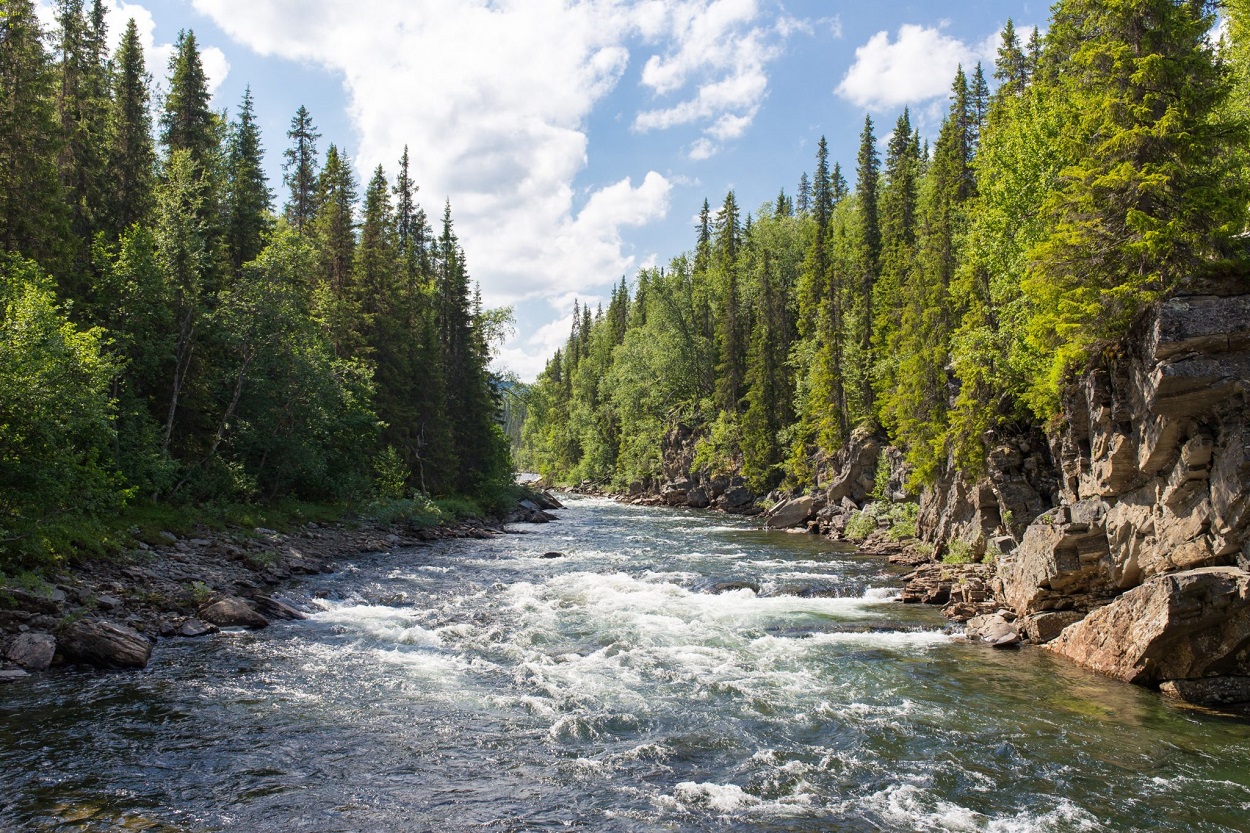Every Earth day serves as reminder to give thanks to the incredible benefits nature provides to people, and to recommit ourselves to building a sustainable future for us all. This Earth Day, its 50th anniversary, is taking place in the middle of the COVID-19 crisis. Quite rightly, this is a time when ensuring the immediate health and safety of people around the world is the priority issue of the moment and the year. Yet, through this crisis and beyond, we must remain dedicated to building solutions to the environmental challenges that face us all.
Five decades ago, Gaylord Nelson, a U.S. Senator from my home state of Wisconsin, had the idea for Earth Day as a way to give a voice to the rising awareness about environmental concerns. He brought together a group of diverse organizations – advocacy, religious, education and civic society – that wanted to increase awareness about the health of the planet and inspire people to live in a more sustainable way.
Now, as we celebrate the 50th anniversary of Earth Day, I am reflecting on the enormity of those challenges and how technology can help address them. My passion for the environment was ignited as a child exploring the woods by my home with a sense of wonder and fascination about how the natural world worked. My love of science and belief that technology provides an opportunity to move faster than environmental decline brought me to Microsoft, where sustainability is a core operating value. Now, the urgency of the environmental crisis has reached new heights and we need to rapidly address climate change to avoid the catastrophe that will come from complacency.
Senator Nelson understood that it would take collective action and purpose to reverse the harmful impacts of human activity on the environment. In the 50 years since, our environmental problems have become a global crisis needing urgent attention. In our pursuit of solutions, we should look to data, and to science. The former tells us where we are, and the latter tells us what we need to do to avert the worst social, environmental and economic impacts of a planet whose health is in rapid decline. Worryingly, the gap between the data and the science grows, and the news is grim. Of course, it is heartening that we’re seeing governments and organizations around the world increase their ambitions to address that gap, but we must all move faster and more aggressively. That is why, earlier this year, we accelerated our environmental sustainability strategy at Microsoft with a company-wide focus on four critical areas: carbon, water, ecosystems and waste. Our core strategy rests on setting ambitious goals and outlining detailed plans.
In January, we launched a bold new ambition to address our carbon footprint. By 2030, we will be carbon negative for scopes 1, 2 and 3: meaning our direct carbon emissions, emissions associated with our electricity consumption, and emissions resulting from our supply and value chains. By 2050, we will remove from the environment all the carbon the company has emitted either directly or by electrical consumption since it was founded in 1975. By 2025, we will power 100% of our business with renewable energy. And we are putting our capital to work to stimulate and accelerate the development of climate technologies with a $1 billion investment over the next four years.
Last week, we announced our plan to address the decline of biodiversity and ecosystems. Maintaining nature for the benefit of current and future generations is one of humanity’s greatest challenges; deploying technology to support this global effort is one of ours. Our new biodiversity initiative aims to put data and digital technology to work, including through an ambitious program to aggregate environmental data from around the world and put it to work in a new “planetary computer.” We will combine this and our expanded AI for Earth program with new work enabling partners and customers to use the resulting output to enhance environmental decision-making in their organizational activities. We’ll also use it to speak out on ecosystem-related public policy issues and take responsibility for Microsoft’s own land footprint.
This summer, we will share our plans on waste and this fall we will share our plans on water. As we work across the company to reduce the environmental impact of our business, we will build the technology solutions that help our customers do the same.
I had planned to spend this 50th anniversary of Earth Day paying homage in person to Senator Nelson’s legacy at the University of Wisconsin-Madison’s institute that bears his name – the Nelson Institute for Environmental Studies. Those plans, like those of so many people’s plans around the world, have changed due to the COVID-19 crisis, but they have not been canceled. I will join participants from around the world, virtually, for a celebration of the impact of Earth Day. And I will help lead discussions about how we can learn from the successes and failures of the past to build a better future. Because, as the COVID-19 crisis reminds us every day, to be a healthy society we must have a healthy planet. Working together, we can have one – and technology can help us get there.

